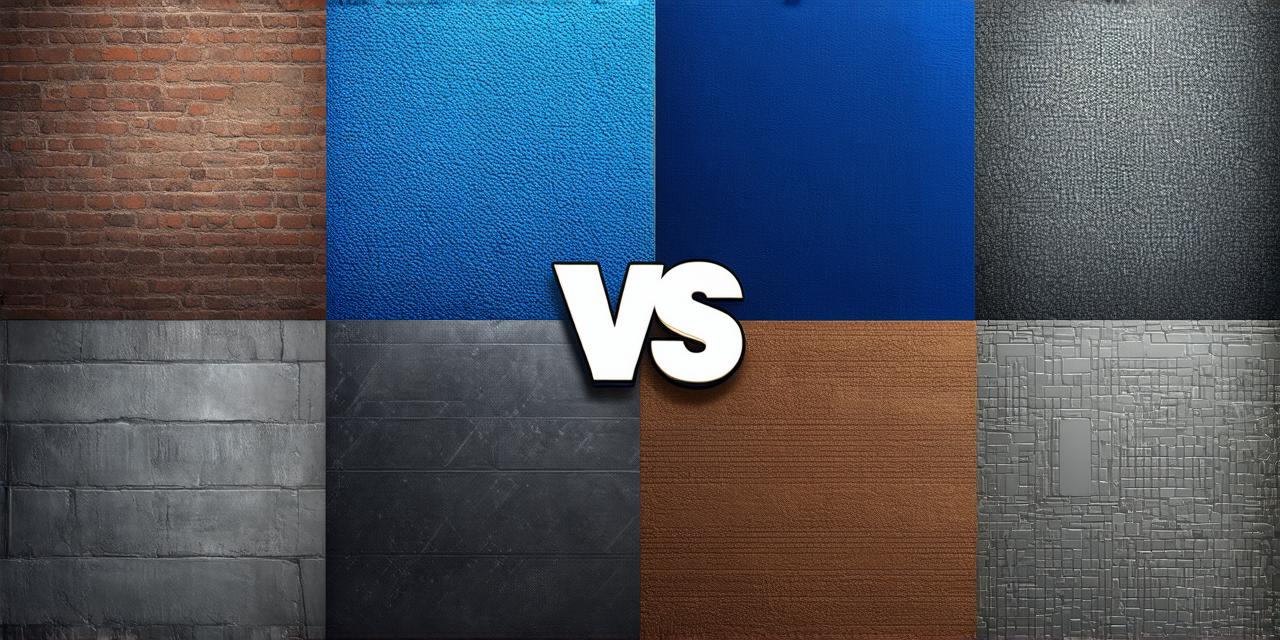Introduction:
Unity is one of the most popular game engines in the market today. It provides developers with a versatile set of tools and features to create games for various platforms, including mobile devices, PCs, and consoles. While Unity supports both 2D and 3D development, some developers argue that Unity 2D is more challenging than Unity 3D. In this article, we will explore the reasons why this may be the case and provide some insights to help you decide which version of Unity is right for your project.

Why Is Unity 2D More Challenging Than Unity 3D?
1. Learning Curve:
One of the main reasons why Unity 2D can be more challenging than Unity 3D is the learning curve. Unity 3D has a larger user base and more resources available online, making it easier for developers to find help and guidance when they encounter difficulties. On the other hand, Unity 2D has a smaller community, which means that there are fewer resources available to help you learn the ins and outs of the engine.
2. Complexity:
Another reason why Unity 2D can be more challenging than Unity 3D is the complexity of the engine. Unity 3D is designed for creating complex, 3D games with a lot of visual effects and animations. This requires a deep understanding of 3D modeling, animation, and physics, which can be overwhelming for beginners. Unity 2D, on the other hand, is designed for creating 2D games, which are simpler in nature and require less advanced skills.
3. Performance:
Finally, the performance of Unity 2D and Unity 3D can also be a factor in determining which version is more challenging. Unity 3D requires more powerful hardware to run smoothly, especially when dealing with complex graphics and animations. This can make it difficult for developers to optimize their games for low-end devices, which are common among mobile gamers. Unity 2D, on the other hand, runs well on most devices and is easier to optimize for different screen sizes and resolutions.
Conclusion:
In conclusion, while both Unity 2D and Unity 3D are powerful game engines with a lot of features and capabilities, there are some factors that can make Unity 2D more challenging than Unity 3D. These include the learning curve, complexity, and performance. However, it’s important to note that these factors can vary depending on your level of experience and the specific requirements of your project. Ultimately, the best version of Unity for you will depend on your goals, budget, and technical skills. If you’re a beginner or working on a simple 2D game, Unity 2D may be the better choice. But if you’re looking to create a complex, 3D game with advanced graphics and animations, Unity 3D may be the way to go.


